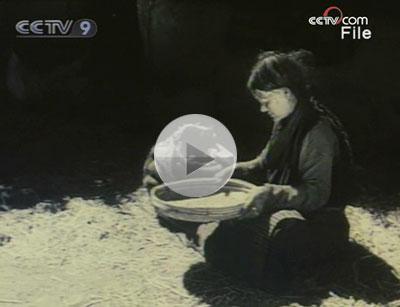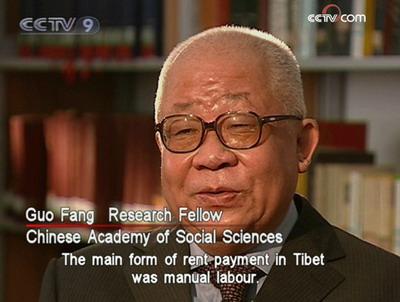Source: CCTV.com
03-28-2009 17:04
Lhalu’s Farm lies just outside Lhasa. Here, everything – as far as the eye can reach – used to belong to a landowner called Lhalu. But while the crops in his fields were thriving, the fields belonging to his serfs were covered with weeds. The serfs had no time to tend them, because they were spending all day working in the owner’s fields.
 |
Duiqiong Kesang and her family had one wish. It was to have a roof over their heads. She had two children to raise, and eked out a living by collecting cow dung and flaking tobacco.
In Tibet, as in the West, the serfs could only survive by spending every spare moment, doing extra jobs.
 |
Guo Fang, Research Fellow, Chinese Academy of Social Sciences, said, "The main form of rent payment in Tibet was manual labour. The premise was that serfs could be even more cruelly exploited. Unlike material rent, the purpose in extracting labour rent was to exercise control. A serf’s position was like that of a slave. In Tibet, the practices were even more barbaric than in Europe. "
